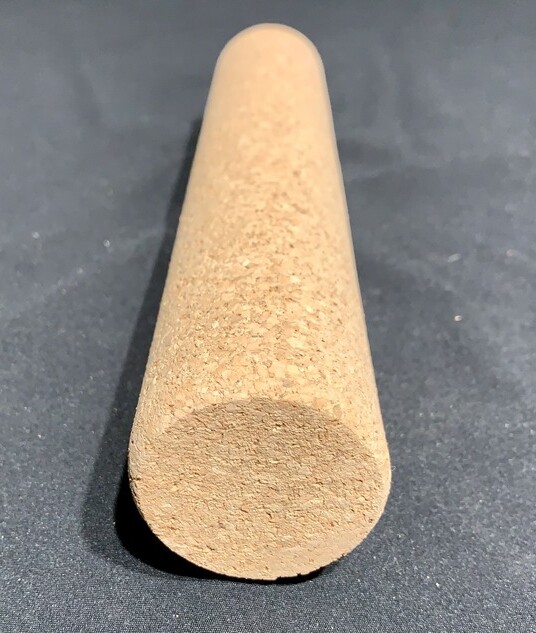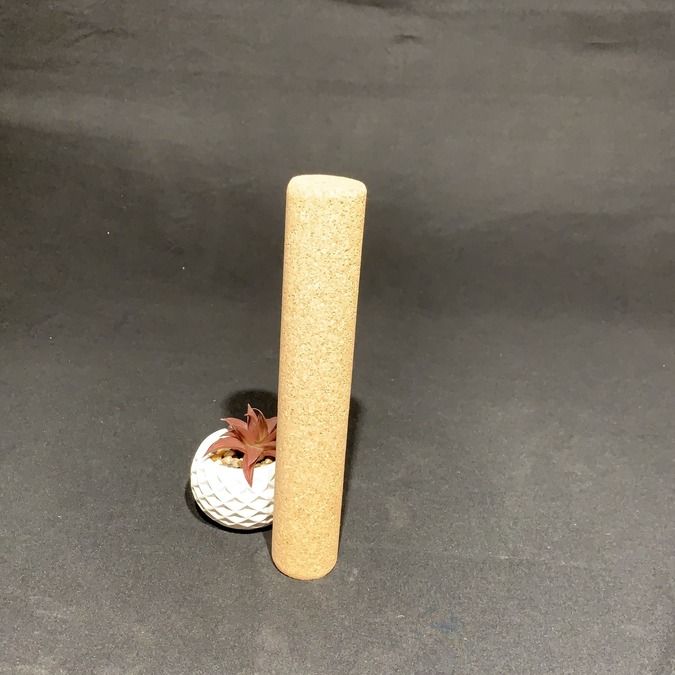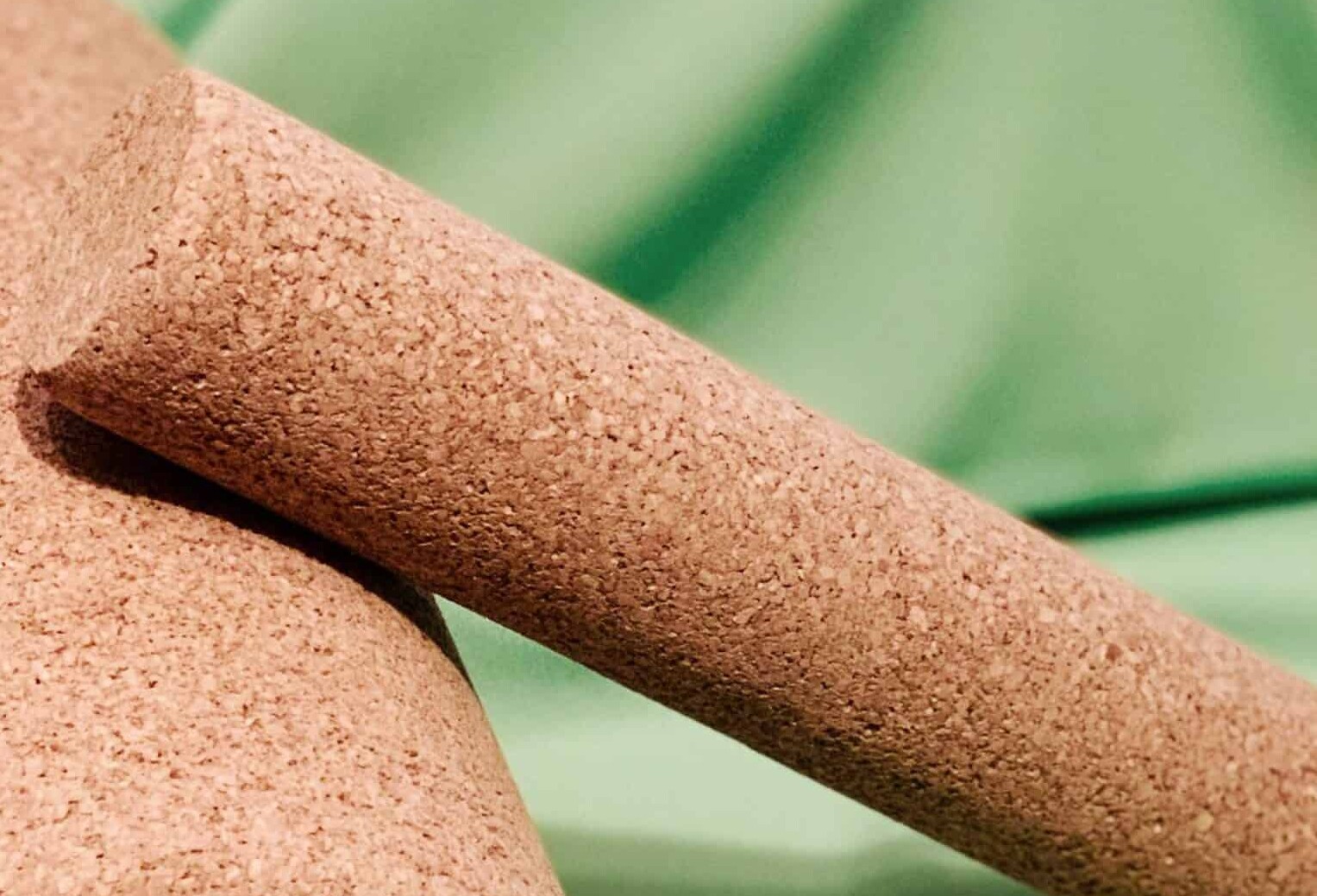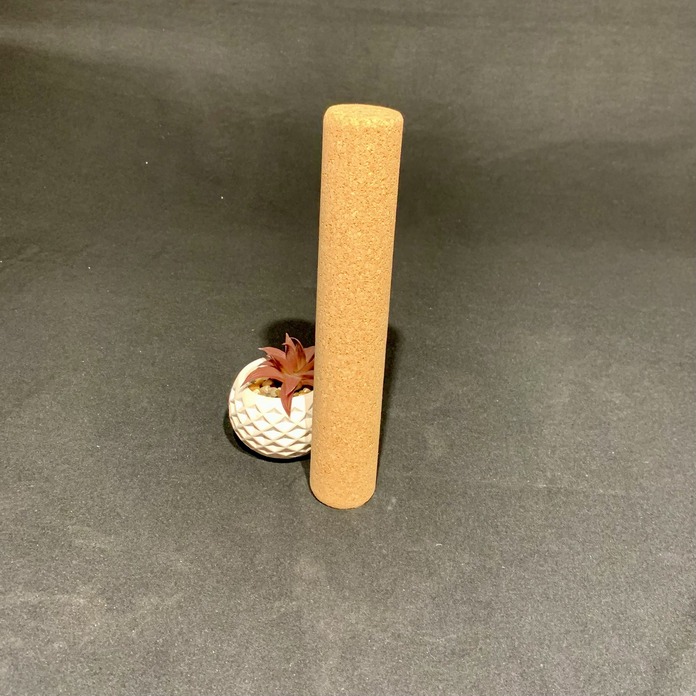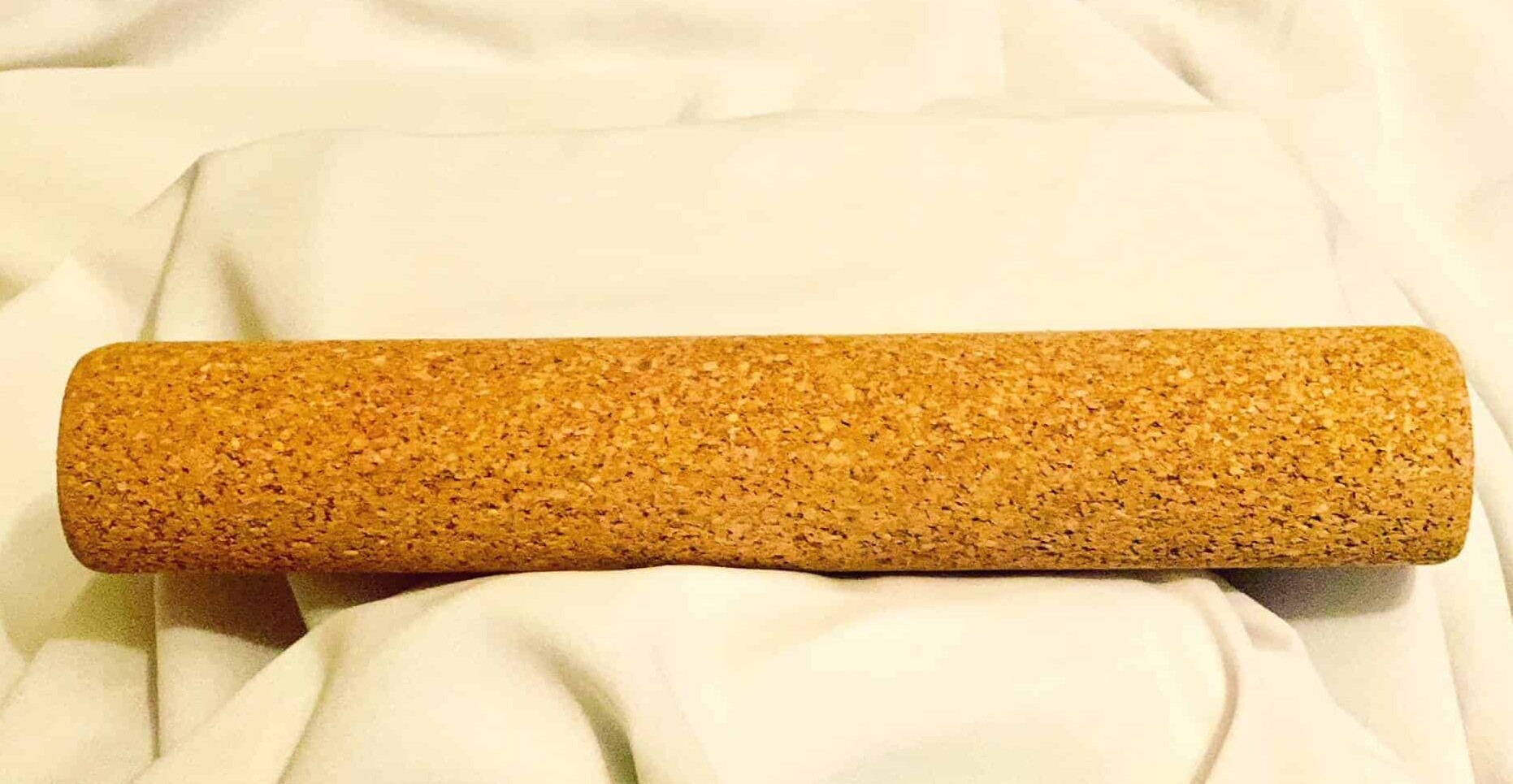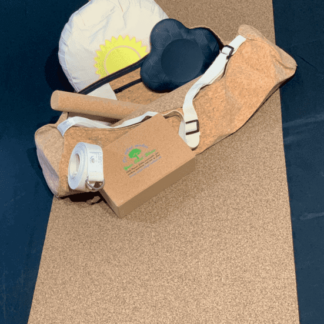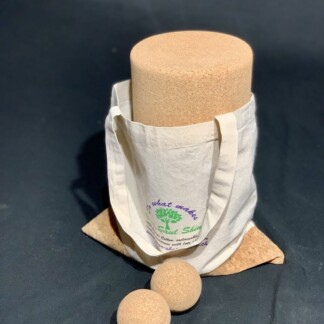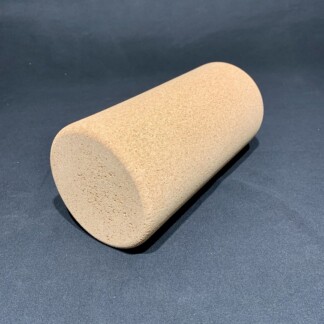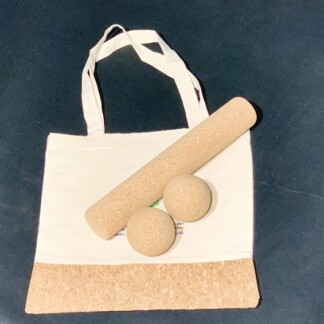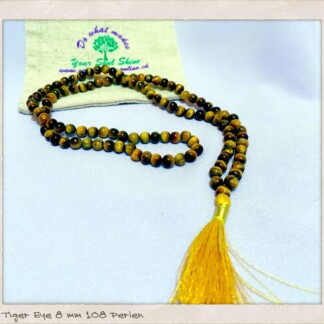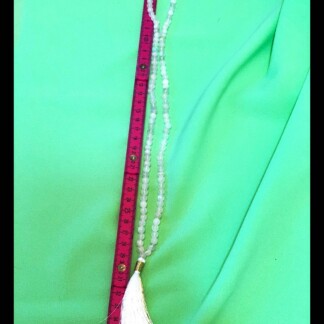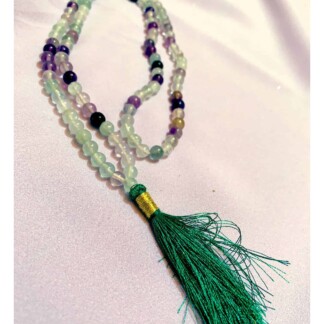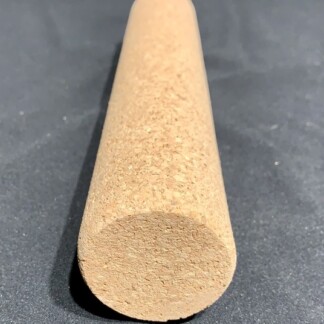-22%
Fascia roller narrow cork
69.95 CHF incl. VAT
plus shipping (within Switzerland free of charge from 16 CHF order value)
Delivery time: Please contact us for detailed information
Our fascia roller narrow cork:
- is antimicrobial, i.e. the growth of microorganisms is inhibited
- Extremely easy to clean
- is made of natural material
- is odorless
- Environmentally friendly and excellent recyclability
- especially good for neck and shoulders and our calf muscles can be used
In stock
| Weight | 0.36 kg |
|---|---|
| Dimensions | 30 × 4.5 cm |
| Size | Length 300 mm x 50 mm |

